The Service Design Award is currently open for submission again. Submit your project for a chance to win and present at the Service Design Global Conference in Toronto this year.
Introduction
Ineffective handover is wasting a significant portion of doctors’ and hospital management staff time in a humanitarian non-governmental organization which delivers medical care worldwide. In the fast-paced environment, with human lives at stake, effective handover is essential. Thousands of handovers are being carried out across the organization annually, in some hospitals 1 handover every 3 months. The organization runs 468 projects across 71 countries, with international staff working across all of these projects. The principal outcome of this project was to maximize staff time in order to save more lives. Our objectives were to develop a more effective hospital handover process, test the process in the field and scale it across the organization.
International staff is specialized medical and management staff from countries across the globe. They travel to countries in times of crisis to support medical care on a temporary basis. High turnover of these staff is inevitable. National staff is the bulk of this organizations workforce, delivering medical care long-term, in their country of origin. The urgent need for better handover between incoming and outgoing international staff was highlighted in the nursing debriefing tool results, with handover consistently scoring low. International staff manage national staff, and currently, that management is compromised when handover is unsuccessful, therefore, improving that handover will have a positive effect on all staff, and the level of hospital care in general.
We have created a new handover process which includes a flexible handover template, which outlines what handover documents should include, field staff simply update links and bullet points when leaving their mission. A living organogram orientates new staff members in the team and a national staff buddy which links incoming international staff with a key member of national staff upon entering the field to understand their new role.


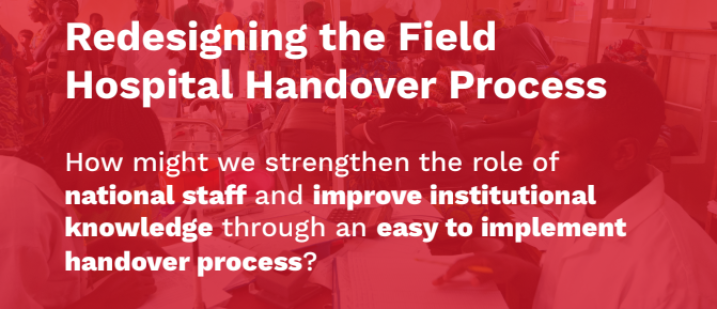
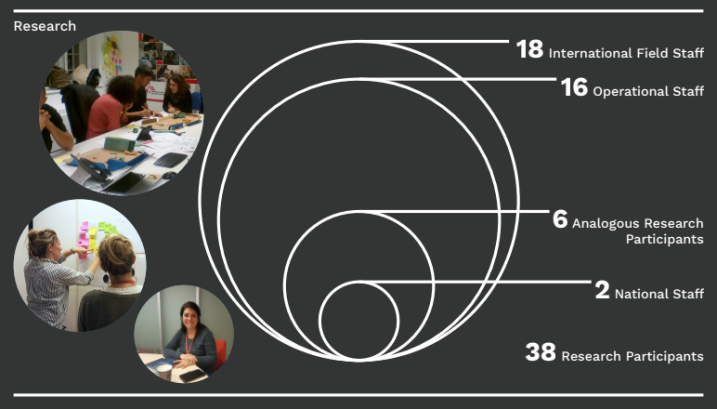
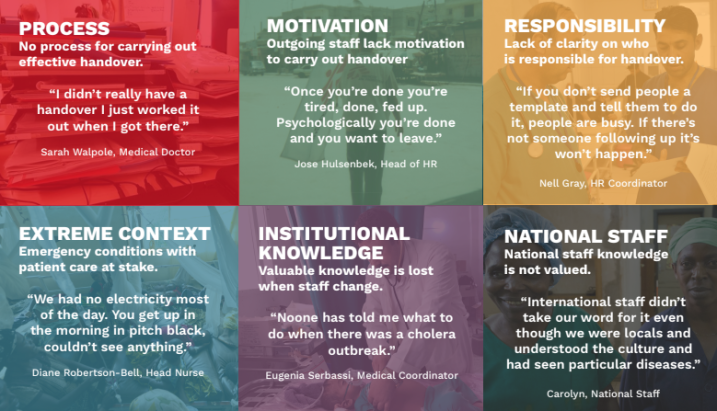
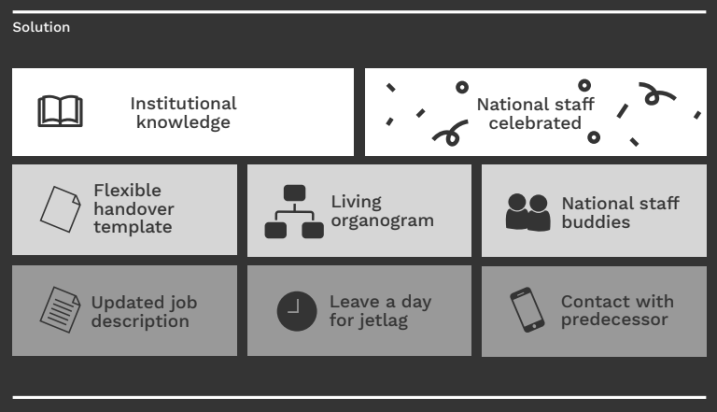
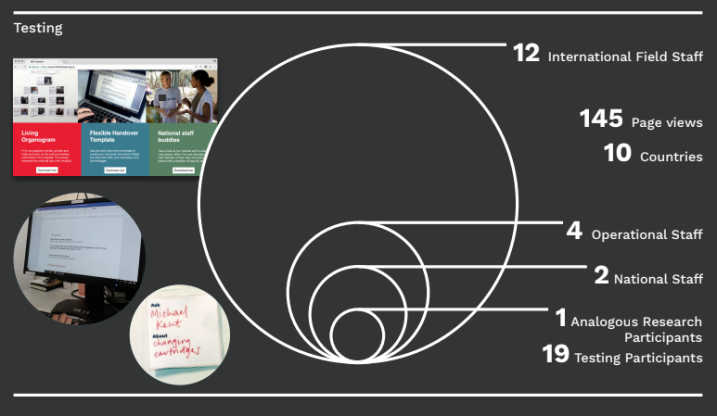
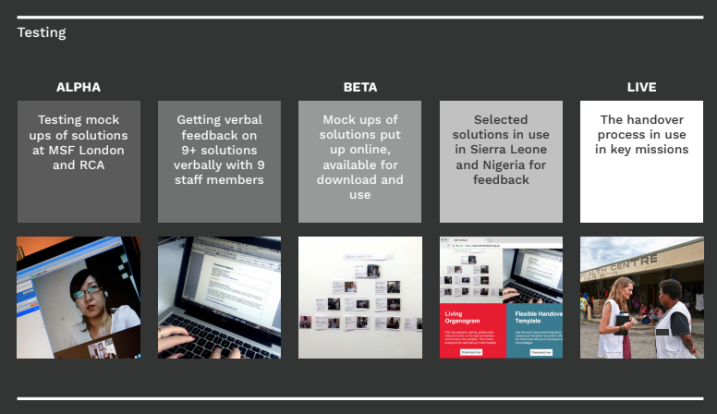

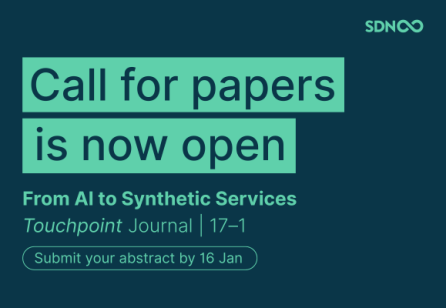



Share your thoughts
0 RepliesPlease login to comment